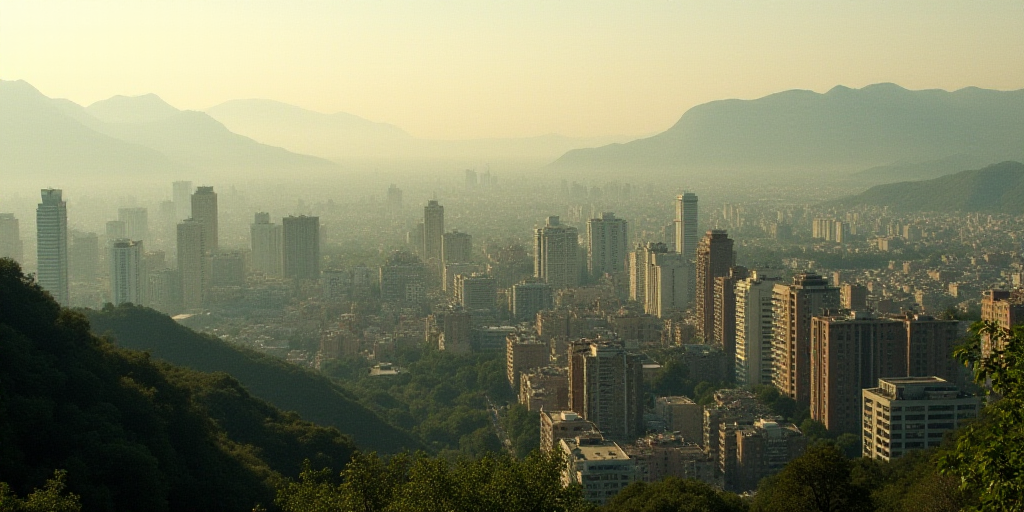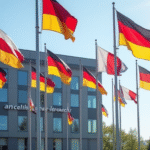Impact of US Trade Policies and Office Market Resilience
Despite the economic impact of US President Donald Trump’s tariff policies, the commercial real estate sector remains robust due to the return to in-person work and companies’ need for strategic locations.
In April, there was an increase in the size of spaces required by companies, highlighting resilience in the commercial real estate sector compared to recent changes in international trade policy.
Office Space Demand Surge
According to data from Spot2.mx (a commercial real estate platform), the average size of office spaces sought increased from 281 square meters (m²) in March to 565 m² in April, a 101% increase month-over-month.
This growth suggests that companies are beginning to resume their office occupation plans, aiming to revive in-person collaboration and strengthen corporate culture, according to the firm.
“Since late last year, we have observed a recovery in the segment, more evident in Mexico City but not exclusive to the area,” said Jorge Sequeira, co-founder of Spot2.mx.
Sequeira also explained that the search for office spaces has been driven by the need for strategic locations, good connectivity, and modern infrastructure, crucial elements to attract and retain talent in a hybrid work environment.
Return to Offices and Space Management
After several years of widespread remote work adoption, companies are formalizing their return to offices with clearer policies. Alejandra Hernández, Colliers’ national business development director in Latin America, stated that around 60% of organizations in the region currently promote mandatory in-person schemes.
However, the return also presents new challenges regarding space usage. Hernández warned that when office occupancy exceeds 90%, people tend to feel overcrowded.
Consequently, the challenge for companies is not only to bring employees back but also to provide functional, comfortable, and suitable environments: “ideally, spaces should maintain occupancy between 50% and 80%,” Hernández said.
Active Zones for Office Leasing
In the first half of 2025, Mexico City led the corporate sector’s recovery. The Miguel Hidalgo borough, with areas like Polanco and Nuevo Polanco, saw the most activity. Cuauhtémoc followed, including Reforma and Juárez corridors.
Beyond the capital, Guadalajara (Jalisco) and Monterrey (Nuevo León) emerged as the most active regional markets due to their economic dynamism. In Nuevo León, municipalities like San Pedro Garza García and Apodaca also registered high in-person office space interaction.
Another notable point is Naucalpan de Juárez, in the State of Mexico, which begins to establish itself as a significant node on the outskirts of the capital due to its proximity to consolidated corporate zones.
Key Questions and Answers
- What is the main reason for the increased demand in office spaces? Companies are returning to in-person work and seeking strategic locations with modern infrastructure to attract and retain talent.
- What percentage of Latin American organizations promote mandatory in-person work schemes? Approximately 60%.
- What is the ideal office occupancy range for a balanced work environment? Between 50% and 80%.
- Which Mexican cities are leading the recovery in corporate office leasing? Mexico City, Guadalajara, and Monterrey are the most active markets.






